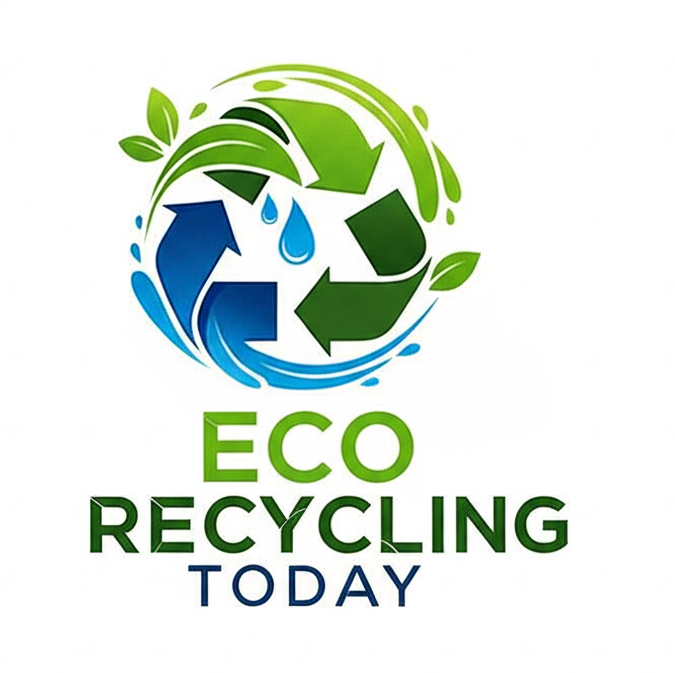In today’s environmentally conscious world, green packaging solutions are more than a trend—they’re a necessity. As businesses and consumers grow increasingly aware of the environmental toll of traditional packaging, the demand for sustainable, eco-friendly packaging is on the rise.
Whether you’re an e-commerce brand, a manufacturer, or a consumer, switching to green packaging helps reduce waste, lower carbon footprints, and build a better future for the planet.
What Is Green Packaging?
Green packaging (also called sustainable packaging or eco packaging) refers to packaging solutions designed with the environment in mind. These solutions:
- Use recycled or biodegradable materials
- Are recyclable, reusable, or compostable
- Minimize energy and resource usage
- educe packaging waste and environmental impact
Why Green Packaging Matters
Traditional packaging—especially single-use plastic—contributes to pollution, ocean waste, and greenhouse gas emissions. In contrast, green packaging solutions help:
- Reduce landfill waste
- Lower carbon emissions
- Meet consumer expectations for sustainable practices
- Comply with environmental regulations
A Nielsen study found that 73% of global consumers would change their consumption habits to reduce their environmental impact. Going green isn’t just good for the planet—it’s good for business.
Top Green Packaging Solutions for Businesses
1. Recycled Packaging Materials
Using post-consumer recycled paper, cardboard, and plastics gives waste a second life and reduces the need for virgin materials.
- Recycled corrugated boxes
- Recycled mailers and envelopes
- Recycled plastic shrink wrap (for bulk shipping)
2. Biodegradable and Compostable Packaging
Materials that break down naturally are key to reducing long-term waste. Popular choices include:
- PLA bioplastics made from corn starch
- Compostable mailers and shipping bags
- Mushroom-based packaging (MycoComposite)
- Sugarcane pulp containers
Tip: Look for certifications such as ASTM D6400, EN13432 to ensure compostability.
3. Reusable Packaging
Durable, reusable packaging reduces the need for single-use materials and supports circular economy goals.
- Returnable tote systems for e-commerce and logistics
- Glass jars or aluminum tins for cosmetics or food
- Refill pouches and containers
Reusable solutions are particularly popular in industries like beauty, food delivery, and home care.
4. Minimalist & Zero-Waste Packaging
Sometimes less is more. Green packaging design often involves:
- Eliminating excess materials
- Using single-material construction (easier to recycle)
- Printing with soy or water-based inks
Packaging should protect the product—but not at the planet’s expense.
Green Packaging Trends
- Edible packaging: From rice-based wrappers to seaweed films, edible packaging is emerging in the food industry.
- Plant-based plastics (bio-PET): These alternatives mimic traditional plastics but come from renewable resources.
- Smart sustainable labels: These help with recycling and product tracing while using low-impact materials.
How to Choose the Right Green Packaging for Your Brand
Ask these questions when evaluating options:
- Is it recyclable, compostable, or reusable?
- Are the materials certified eco-friendly?
- Does it align with your brand’s sustainability goals?
- What are the cost implications vs. long-term brand value?
Benefits of Switching to Green Packaging
- Enhances brand image and builds customer trust
- Lowers environmental impact and shipping costs
- Future-proofs your business against evolving regulations
- Supports a circular economy and sustainability targets
Green packaging solutions offer a powerful way to reduce environmental harm, meet consumer expectations, and promote sustainable business practices. Whether it’s switching to biodegradable mailers or redesigning your packaging to reduce waste, every step counts. Start small, think big, and make your packaging part of the solution—not the problem.
